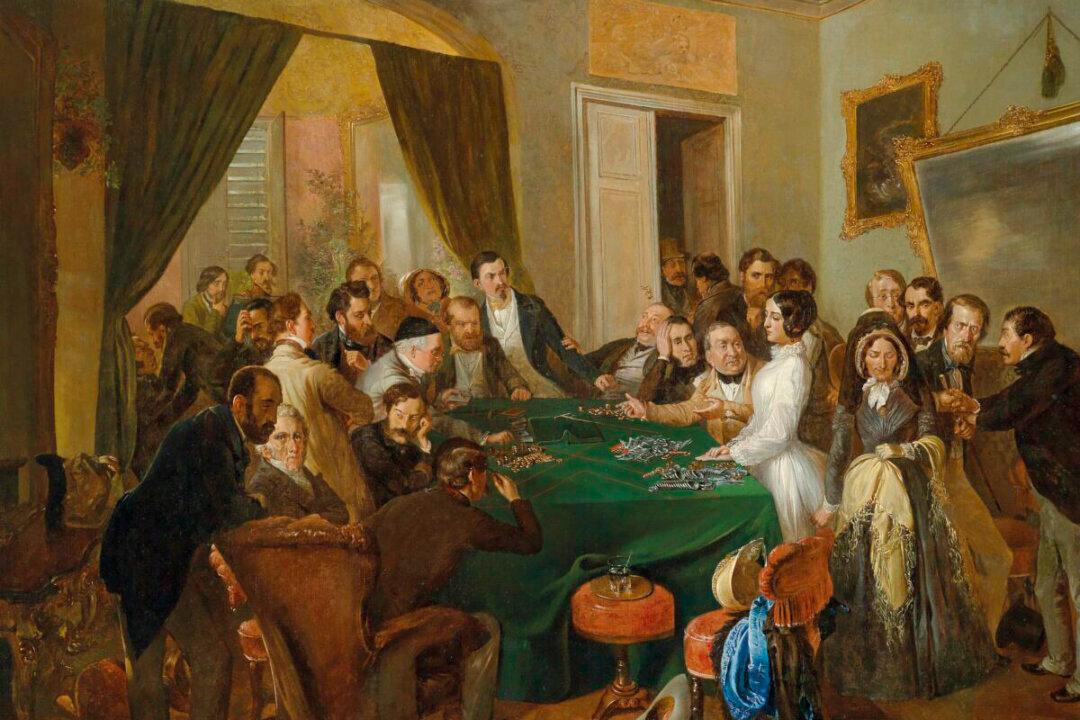Some stories are so dramatic, powerful, or resonant that they transcend time as well as art forms. Such stories can gracefully transition from page to stage to screen. One such story is “Camille,” which comes from a novel by Alexandre Dumas fils.
Published in 1848 as “La Dame aux Camélias” (“The Lady with the Camelias”), this novel was adapted into a play of the same name in 1852 by the author himself. In English, the popular story is often called “Camille.” Elements of the story were based on the 23-year-old author’s affair with Parisian courtesan Marie Duplessis, who inspired the character of Marguerite.






